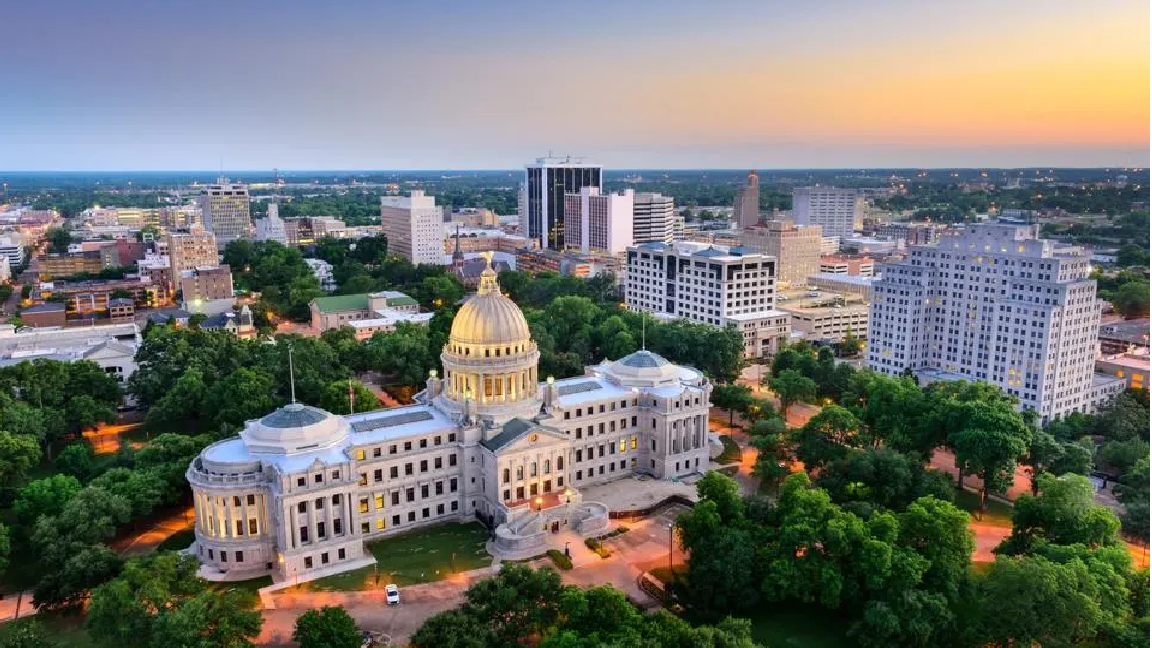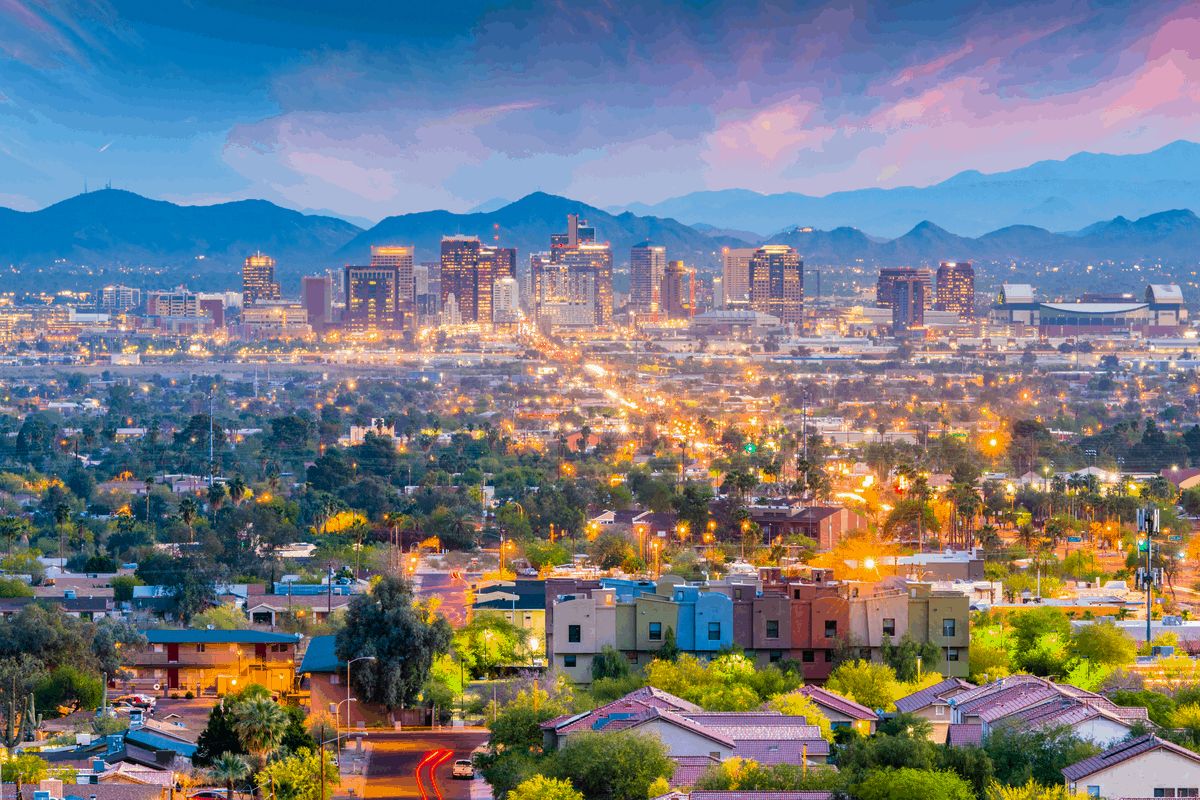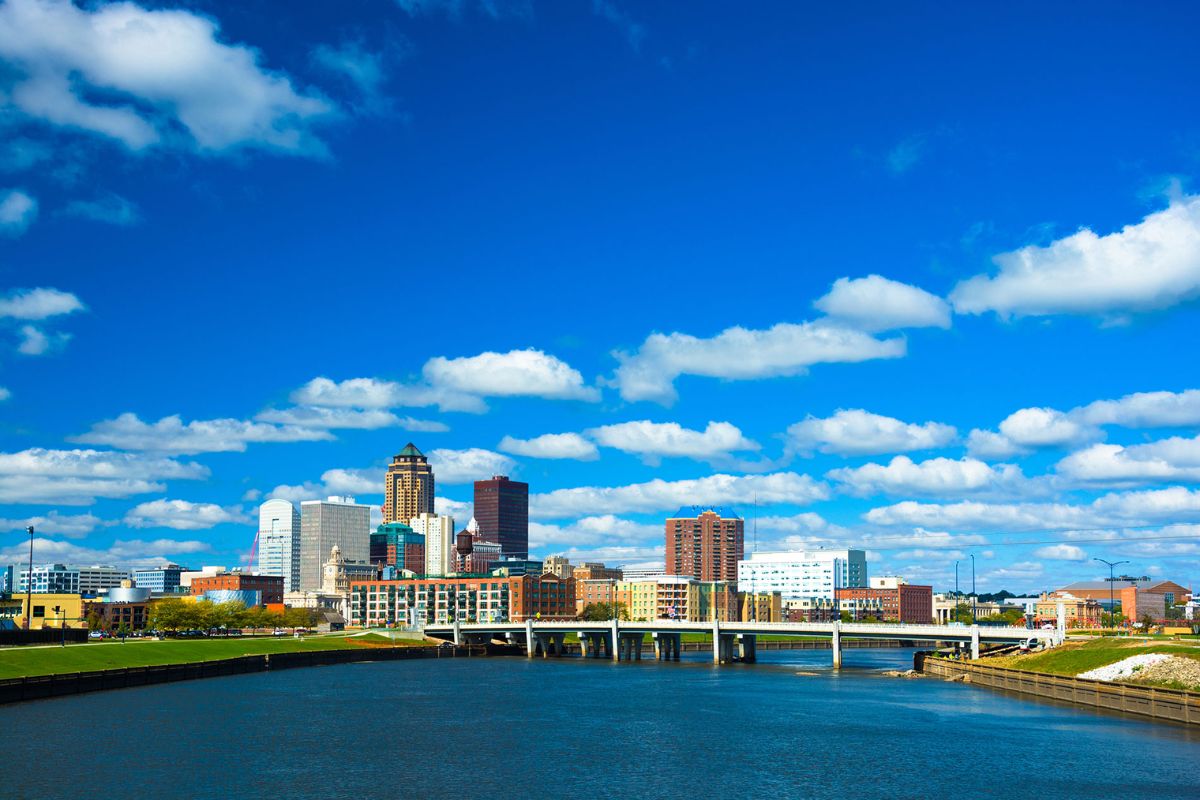As globalization and technological advancements reshape the world, certain cities are emerging as economic juggernauts. These cities are characterized by rapid population growth, increasing wealth, dynamic industries, and a global presence. While many cities are thriving, a few stand out as the richest and fastest-growing metropolises. In this article, we will explore some of the wealthiest growing cities in the world, delving into the factors driving their growth, the industries fueling their economies, and the unique challenges they face in the 21st century.
1. Dubai, United Arab Emirates: A Visionary Metropolis
Dubai has long been a symbol of rapid growth and wealth creation. From a small desert town to a global business hub, Dubai’s transformation is nothing short of extraordinary. Over the last few decades, it has grown into a city synonymous with opulence, innovation, and ambition.

Factors Behind Dubai’s Growth:
-
Diversification of the Economy: Historically, Dubai relied heavily on oil revenues. However, recognizing the finite nature of this resource, the city’s leadership initiated an aggressive diversification strategy. Today, Dubai’s economy is supported by various industries, including real estate, tourism, aviation, and financial services.
-
Strategic Location: Dubai’s location between Europe, Asia, and Africa makes it a key international trade and logistics hub. Its ports and airports are among the busiest in the world, facilitating the flow of goods and passengers across continents.
-
Business-Friendly Environment: The government has implemented policies that promote a pro-business environment, including tax incentives, free zones, and foreign investment opportunities. This has attracted multinational corporations, entrepreneurs, and investors from around the world.
Challenges:
While Dubai has made significant strides, it faces challenges such as the need for sustainable development and addressing income inequality. The city’s reliance on foreign labor has led to disparities in wealth distribution, and maintaining its growth trajectory will require continued innovation and a focus on long-term sustainability.
Read more: Top 8 Richest Cities in Florida 2024
2. Shenzhen, China: From Fishing Village to Innovation Hub
Shenzhen’s transformation is one of the most remarkable economic success stories of the modern era. Once a modest fishing village, Shenzhen is now a sprawling metropolis known as China’s Silicon Valley, home to leading technology firms and a hotbed of innovation.
Factors Behind Shenzhen’s Growth:
-
Special Economic Zone (SEZ) Status: In 1980, Shenzhen was designated as China’s first Special Economic Zone, offering incentives such as tax breaks and relaxed regulations to attract foreign investment. This policy shift ignited an economic boom, turning Shenzhen into a global manufacturing hub.
-
Technological Innovation: Shenzhen is home to tech giants like Huawei, Tencent, and DJI, which have propelled the city into the global spotlight as a center for high-tech innovation. The city’s focus on research and development has made it a leader in fields like telecommunications, robotics, and artificial intelligence.
-
Skilled Workforce: Shenzhen’s population includes a highly educated and skilled workforce, many of whom are attracted by the city’s reputation as a technology hub. The city also benefits from China’s large domestic talent pool, with top graduates from universities across the country relocating to Shenzhen for job opportunities.
Challenges:
Rapid growth has brought challenges, including soaring real estate prices and environmental concerns. The cost of living in Shenzhen has risen dramatically, making housing affordability a key issue for residents. Additionally, the city must address the environmental impact of industrialization and urbanization to ensure sustainable growth.
3. Singapore: The Global Financial Powerhouse
Singapore’s rise as one of the world’s wealthiest cities is a testament to its strategic leadership and adaptability. Known for its robust financial sector, world-class infrastructure, and high standard of living, Singapore is a beacon of economic prosperity.
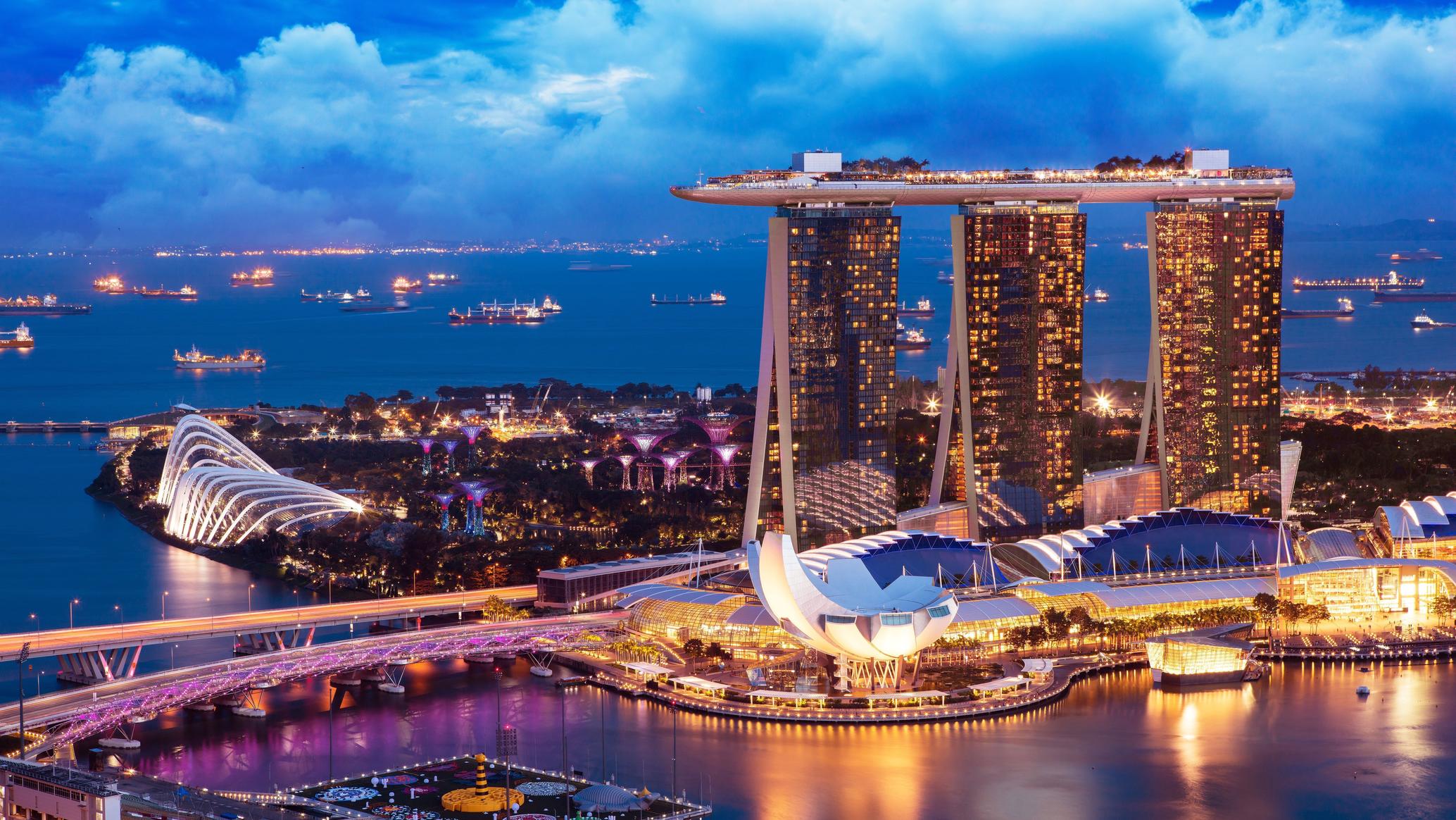
Factors Behind Singapore’s Growth:
-
Global Financial Hub: Singapore is one of the leading financial centers in the world, with a strong presence in banking, insurance, asset management, and wealth management. Its stable political environment, strict regulatory framework, and openness to foreign investment have made it a top choice for multinational corporations.
-
Strategic Trade Location: Positioned at the crossroads of major shipping routes, Singapore’s port is one of the busiest in the world. Its role as a trade hub has been crucial to its economic success, facilitating the movement of goods across Asia and beyond.
-
Government Policies: Singapore’s government has played a key role in fostering economic growth through forward-thinking policies, infrastructure development, and investment in education. The city-state is known for its business-friendly environment, low corporate tax rates, and strong intellectual property protection.
Challenges:
Singapore faces challenges such as income inequality and an aging population. Additionally, as a small island nation with limited land, Singapore must find innovative solutions to manage urban density and ensure sustainable development.
4. San Francisco, USA: The Epicenter of Innovation
San Francisco and its surrounding Bay Area, including Silicon Valley, have long been associated with wealth and innovation. As the birthplace of many of the world’s largest technology companies, San Francisco is a magnet for entrepreneurs, investors, and talent from around the world.
Factors Behind San Francisco’s Growth:
-
Technology Industry: The tech sector is the driving force behind San Francisco’s economic growth. Companies like Apple, Google, Facebook, and Tesla have not only created wealth but have also transformed the city into a hub of innovation and entrepreneurship.
-
Venture Capital: The Bay Area is home to some of the world’s most influential venture capital firms, which provide the funding necessary for startups to grow into global powerhouses. This ecosystem of innovation and investment has helped sustain San Francisco’s position as a leading city for technological advancement.
-
Highly Skilled Workforce: San Francisco attracts top talent from across the globe, particularly in the fields of engineering, software development, and data science. The presence of world-class universities like Stanford and UC Berkeley further enhances the city’s talent pool.
Challenges:
Despite its wealth, San Francisco faces significant challenges, including housing affordability and homelessness. The cost of living in the city has skyrocketed, pricing many residents out of the housing market. Addressing these issues will be critical to maintaining San Francisco’s growth and quality of life.
Read more: How to Find Studios for Rent in San Diego Under $800 Craigslist
5. Mumbai, India: A Rising Economic Giant
Mumbai, India’s financial capital, is one of the fastest-growing cities in the world. Known for its vibrant economy and diverse industries, Mumbai is at the heart of India’s economic growth story.
Factors Behind Mumbai’s Growth:
-
Financial Services Hub: Mumbai is home to the Bombay Stock Exchange (BSE) and the Reserve Bank of India, making it the country’s financial center. The city’s finance and banking sectors are crucial contributors to its economy.
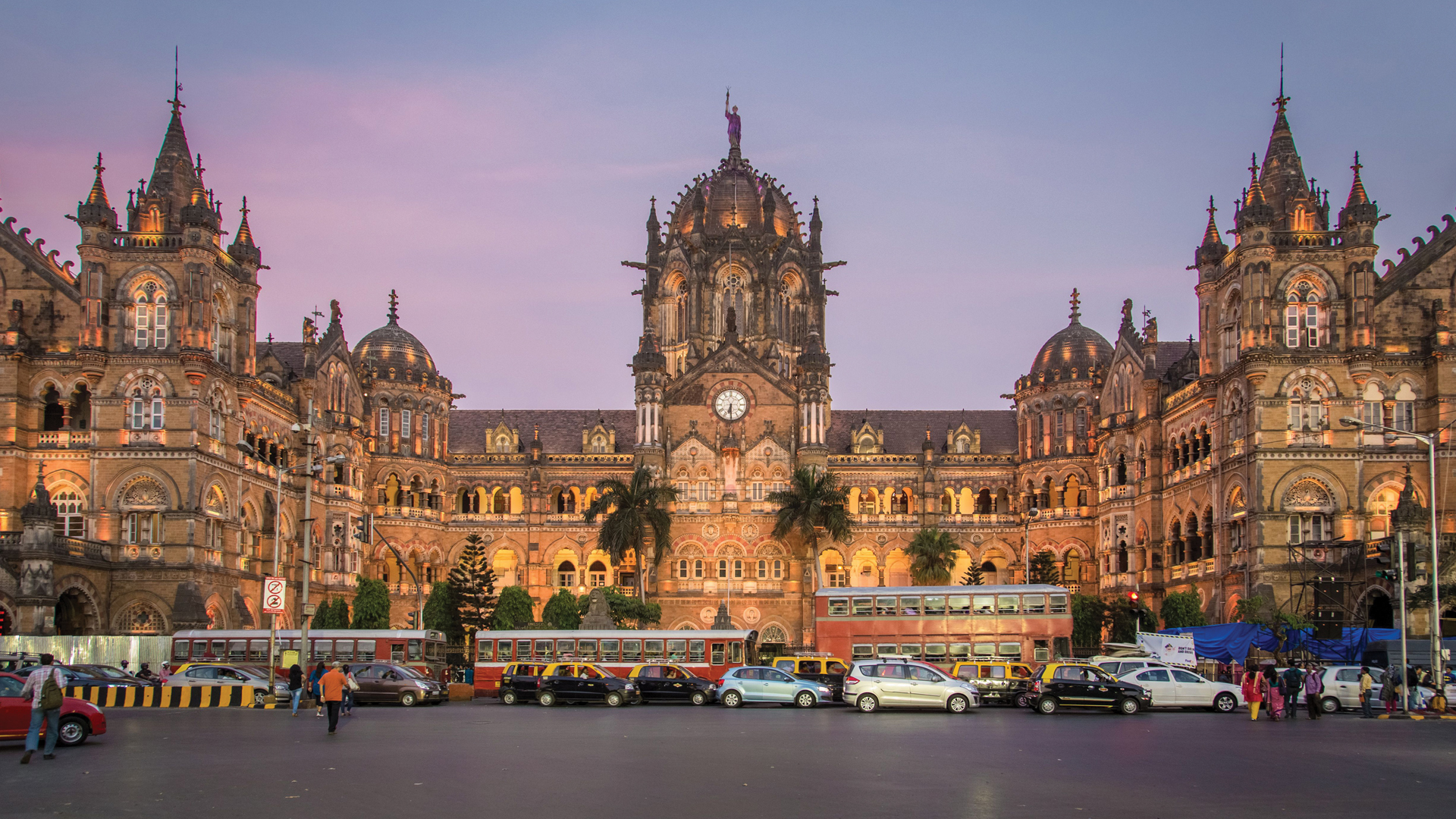
-
Bollywood and Entertainment Industry: Mumbai is also the capital of India’s film industry, commonly known as Bollywood. The entertainment sector generates significant revenue and has put the city on the global cultural map.
-
Real Estate and Construction: As one of the most densely populated cities in the world, Mumbai’s real estate market is booming. Skyscrapers, luxury apartments, and commercial complexes are continuously being developed to accommodate the growing population and businesses.
Challenges:
Mumbai’s rapid growth has led to overcrowding, traffic congestion, and significant infrastructure challenges. The city also faces issues related to income inequality, with stark contrasts between wealthy residents and those living in informal settlements or slums.
Conclusion
The richest growing cities in the world, from Dubai’s towering skyscrapers to Shenzhen’s innovation labs, share common traits: strategic planning, economic diversification, and a global outlook. These cities are at the forefront of the 21st-century economy, setting the pace for global development.
However, rapid growth brings with it challenges that must be addressed to ensure long-term prosperity. Issues such as income inequality, housing affordability, environmental sustainability, and infrastructure development are critical to the continued success of these economic powerhouses.
As we look to the future, the cities that can adapt to these challenges while continuing to foster innovation, attract talent, and build strong industries will not only grow but thrive in the global economy.
Read more: Top 8 Richest Cities in Texas 2024


